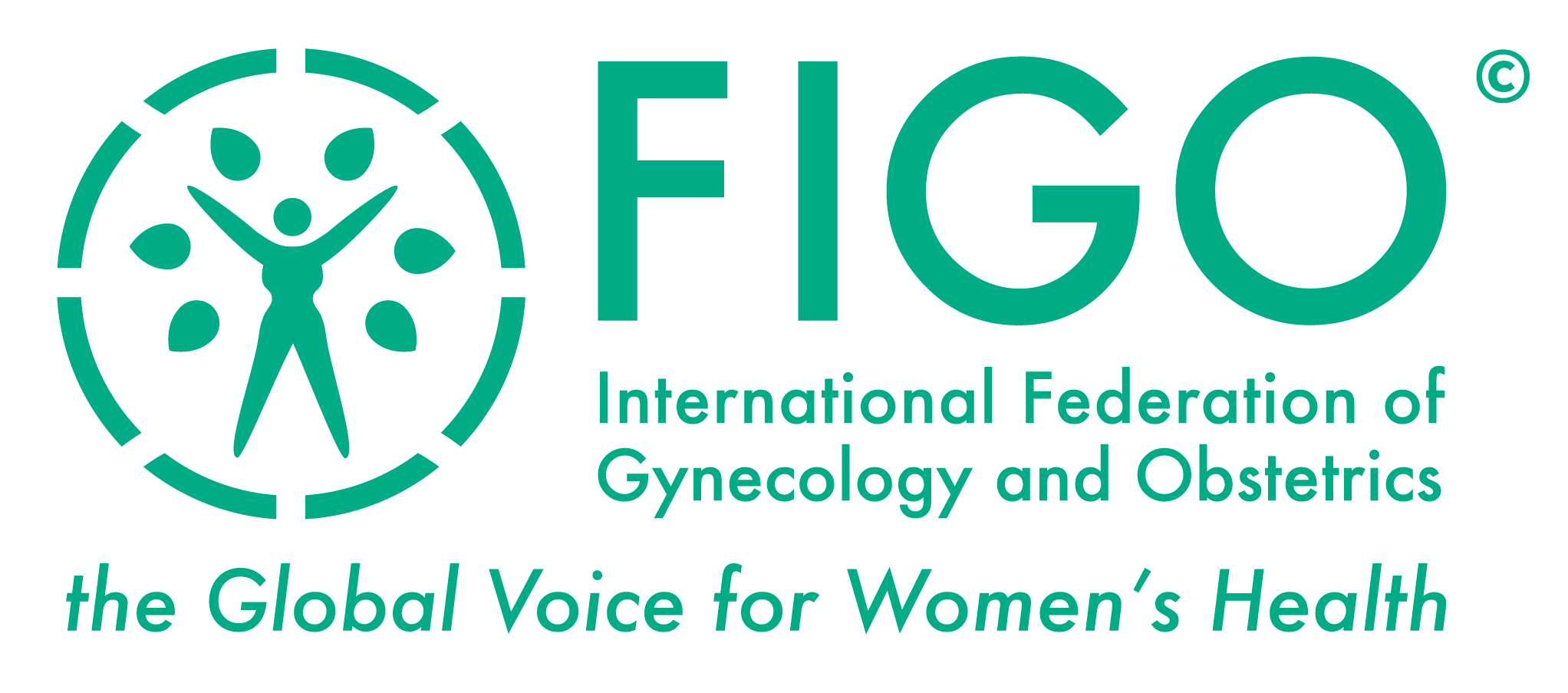
8. Resources: Many health systems, provided they have the political will, have sufficient resources to offer at least low cost effective infertility interventions. Lack of effective interventions fosters the use of ineffective interventions. Ineffective interventions waste precious resources of health systems and households.
The absence of appropriate infertility care is often rationalized by the high cost of ART (Murage, 2011). ART may indeed be unaffordable in poor countries, but this does not explain or justify why other less costly interventions are not offered to couples who may not require ART in order to get pregnant (Adamson, 2009, Iliyasu, 2013). Fertility advice, including advice on healthy lifestyles, costs the time of the health care worker but requires no additional resources. Other interventions such as clomiphene citrate and intrauterine insemination can be offered without major cost and without the need for expensive laboratories and equipment. The relative absence of infertility care in many developing countries is more often due to a lack of health political willingness and planning, than due to lack of resources for ART (Inhorn, 2009).
Infertility care without ART cannot help all infertile couples, but evidence-based, basic and affordable interventions will be of benefit to many. At the same time, these interventions signal an important step away from inaction and absence of care or caring.
In better resourced settings ART may become available. The lower the cost, the more accessible and affordable ART will be for both patients and health systems. Research needs to focus on safe, low-cost modifications of standard ART. In the meantime practitioners have a recognized duty to their patients and to the healthcare system to offer care at the lowest cost reasonably possible (ESHRE Taskforce on Ethics & Law 2008; ESHRE Taskforce on Ethics & Law, 2009).
In the absence of appropriate care, infertile women do not simply disappear from the health sector. Many infertile couples seek help relentlessly in the hope of getting pregnant. If good care is not available, ineffective and possibly harmful treatment is often tried.
The waste of health systems resources on ineffective infertility care has not been explored. Available evidence suggests, however, that the amount is likely to be significant as infertility is a frequent reason for the use of bio-medical as well as traditional health services. There is also lack of data on the financial impact of infertility care on households. A few qualitative studies describe how infertile women use their meagre savings, and at times all their resources, on infertility treatment which may involve ineffective medication or surgical interventions as well as various forms of traditional therapies. Therefore both the patients and the health sector lose resources, which they can ill afford to lose (Dyer and Pennings, 2010).
Moreover, it has been recognized that health systems not only have the responsibility to provide health services, but also to protect households that are accessing their services from impoverishing out-of-pocket payments which may cause or deepen existing poverty (Xu et al, 2002; ESHRE Taskforce on Ethics & Law, 2008). In other words, health systems should protect the resources of their citizens, especially those who are poor. Health systems in poor countries are at risk of failing twice in their responsibility towards infertile women: (1) by not offering access to quality reproductive health care and (2) by not helping to protect infertile couple’s or women’s resources from possibly crippling out-of-pocket expenditures.
